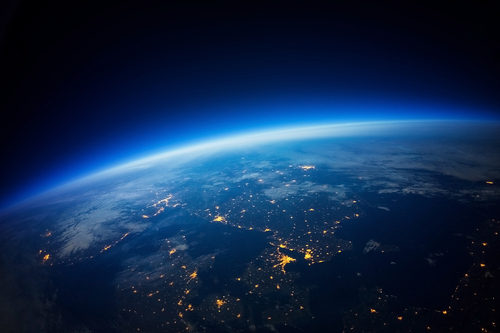
Have you ever wondered how we would know if there is life on other planets? How would we recognize the signs of life from a distance, without landing on the surface?
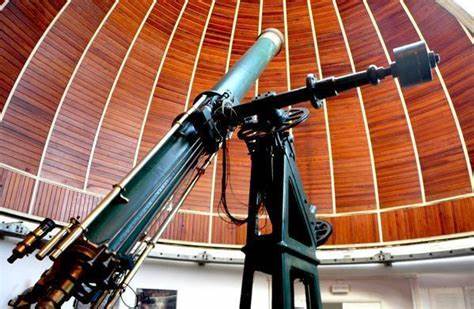
Well, 30 years ago, a bold experiment tried to answer these questions by looking for life on the only planet we know for sure that is inhabited: Earth.

The experiment was led by the legendary astronomer and science communicator Carl Sagan, who convinced NASA to point the Galileo spacecraft at Earth during its flyby in 1990. Galileo was on their way to explore Jupiter and its moons, but Sagan saw an opportunity to use it as a testbed for the search for extraterrestrial life.
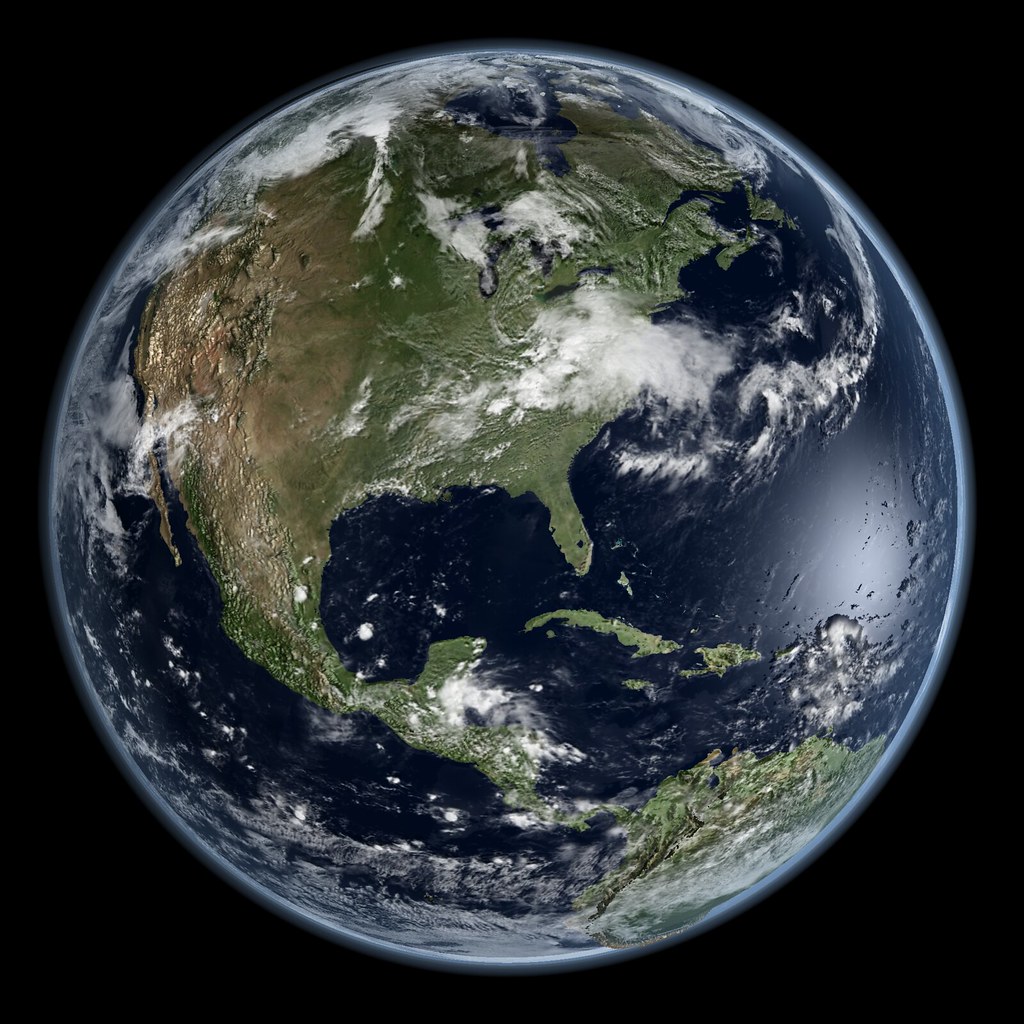
“We were looking for a way to find life on worlds where we can’t visit the surface. We realized that we had a spacecraft that was going to do just that,” said David Grinspoon, one of Sagan’s collaborators and a planetary scientist at the Planetary Science Institute.

Galileo’s instruments scanned Earth’s atmosphere and surface, looking for chemical and physical clues that could indicate the presence of life. They detected oxygen, ozone, methane, and nitrous oxide in the air, which are all produced by living organisms. They also saw oceans, clouds, vegetation, ice caps, and polarized light from land, which are all features that suggest a living planet.
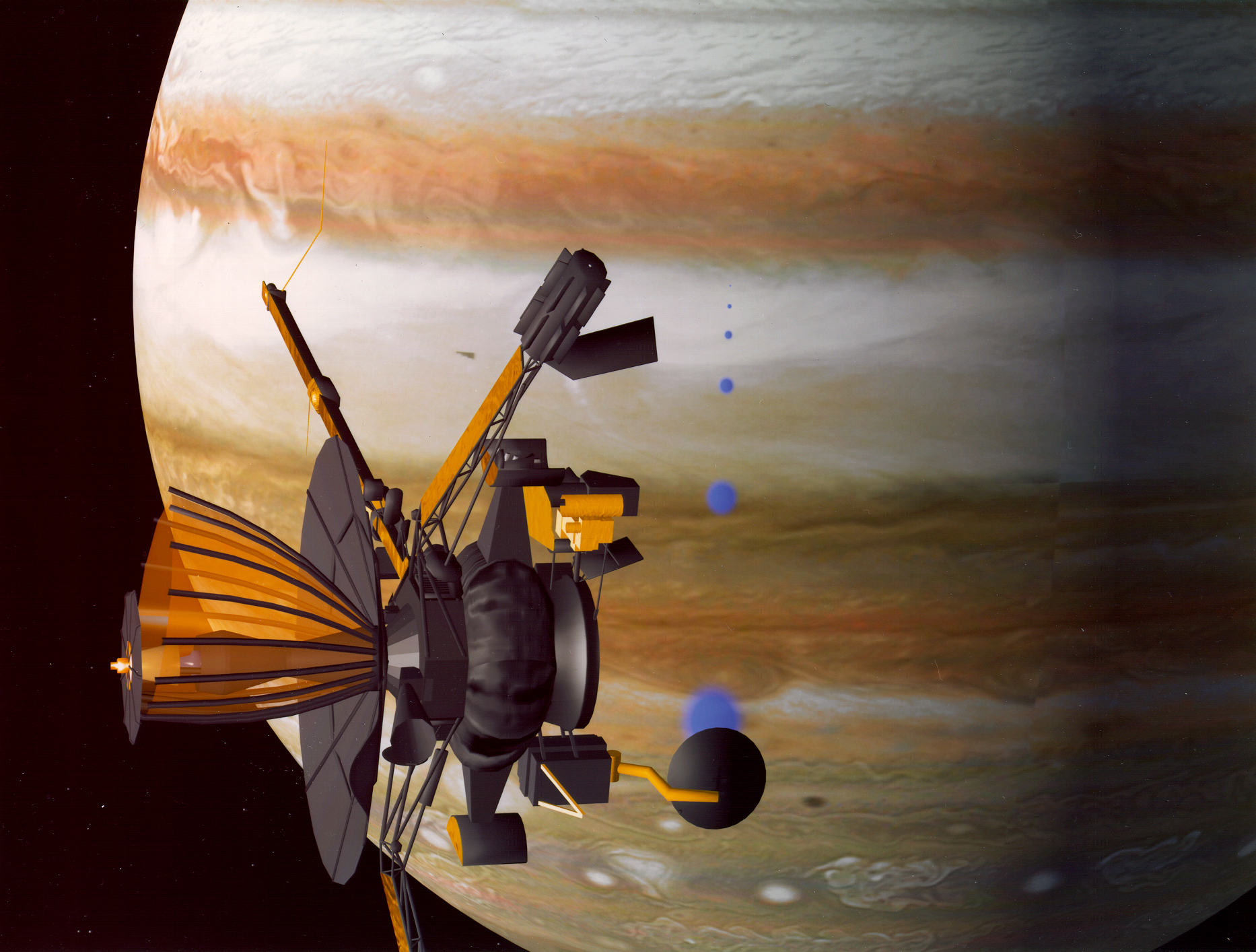
Sagan and his team published their findings in the journal Nature 30 years ago this week. Their paper showed how to look for biosignatures – signs of life – on other worlds, and inspired the growth of astrobiology as a field. Astrobiology is the study of life in the universe, and how it originates, evolves, and interacts with its environment.

“The Galileo experiment was audacious and visionary. It demonstrated how to search for life on planets around other stars before we had any evidence that such planets existed,” said Victoria Meadows, an astrobiologist at the University of Washington and the principal investigator of the NASA Astrobiology Institute’s Virtual Planetary Laboratory.

Since then, astronomers have discovered thousands of exoplanets – planets orbiting other stars – and some of them may be habitable. The next generation of telescopes, such as the James Webb Space Telescope and the Extremely Large Telescope, will be able to observe these planets in more detail and look for biosignatures in their atmospheres.
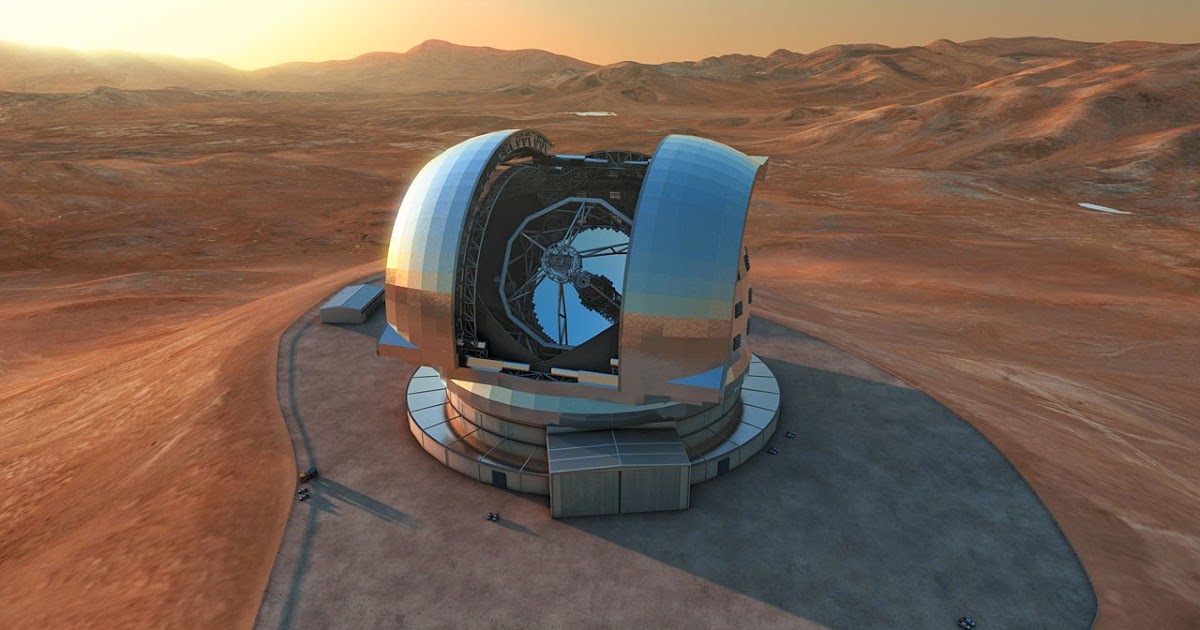
However, finding biosignatures is not enough to confirm life. There may be other explanations for the presence of certain chemicals or features on a planet. For example, oxygen can also be produced by non-biological processes, such as photodissociation or water splitting by sunlight.
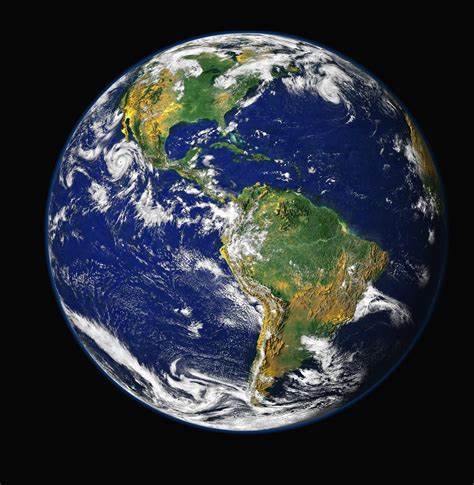
“We have found a kind of fingerprint of life on Earth. But we must be careful not to assume that if we find this same fingerprint elsewhere, it has the same cause,” said Christopher Chyba, another collaborator of Sagan and a professor of astrophysical sciences and international affairs at Princeton University.
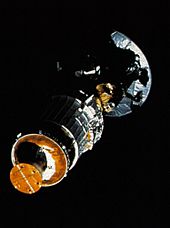
To avoid false positives or false negatives, astrobiologists need to consider the context and history of a planet and look for multiple lines of evidence that support or refute the existence of life. They also need to compare their observations with models and simulations that can predict what a living or non-living planet would look like.
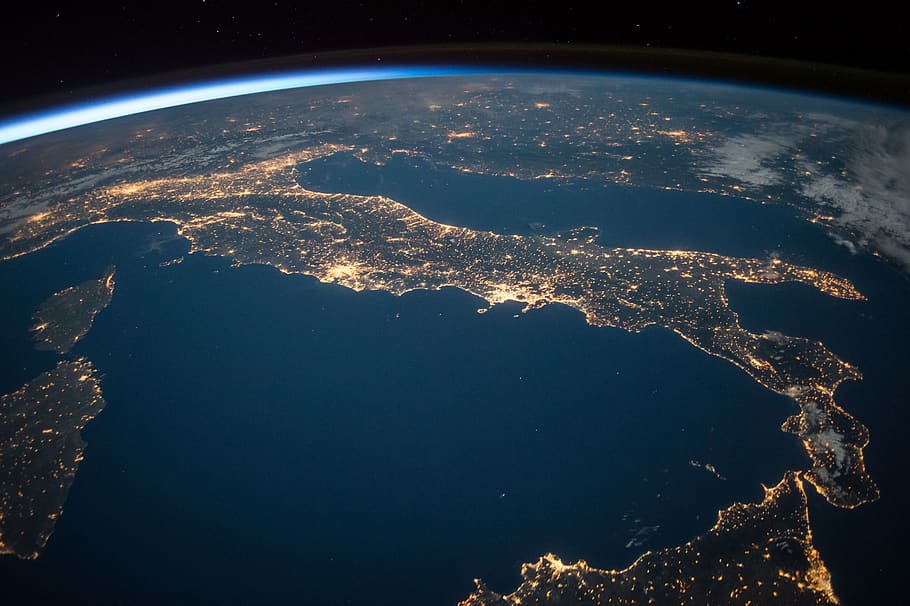
“The search for life beyond Earth is one of the most profound questions in science. It is also one of the most challenging,” said Science in the News, a graduate student organization at Harvard University that aims to bridge the communication gap between scientists and non-scientists.
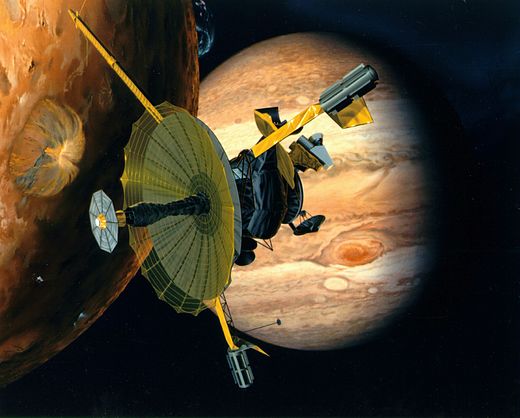
Sagan’s experiment not only taught us how to look for life elsewhere but also how to appreciate life here.
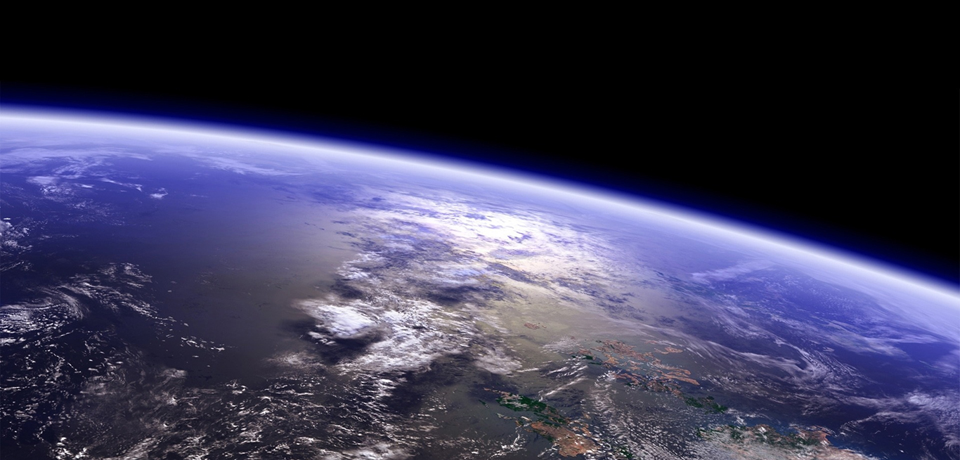
By seeing Earth as an outsider would see it, he revealed the fragility and uniqueness of our home planet, and the need to protect it from human-induced changes.

“The only planet we know of that is inhabited is seen not from the outside but from the inside. How can we recognize it as a place full of life?” Sagan asked in his paper. His answer was: “By looking.”
